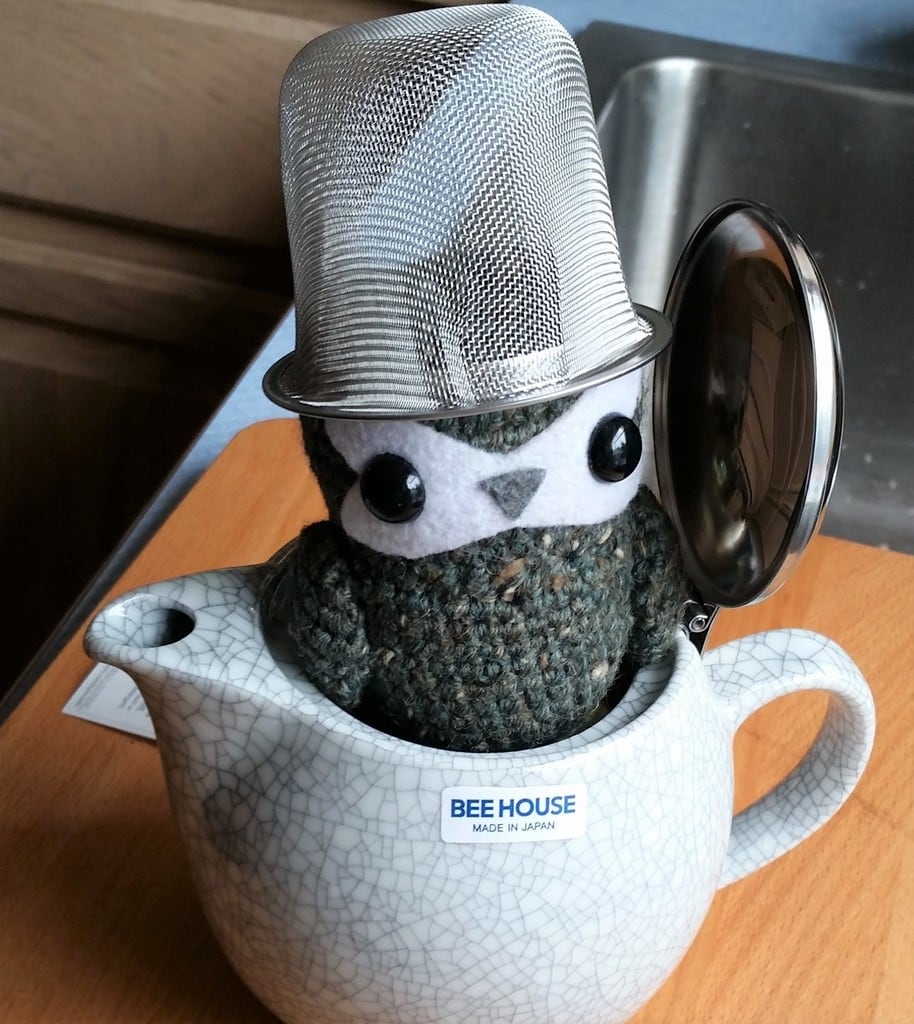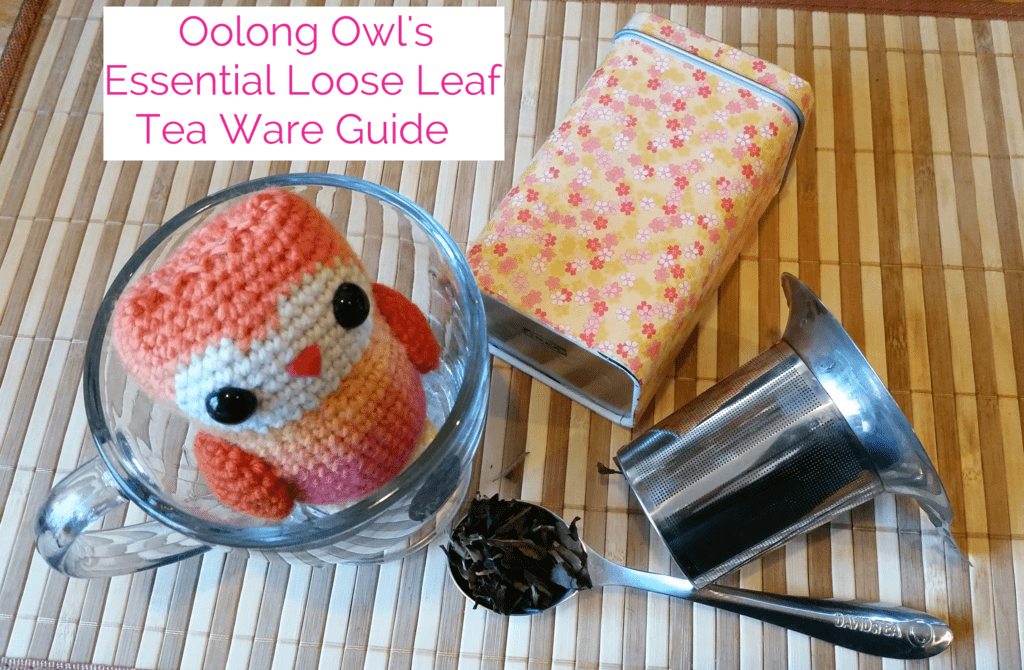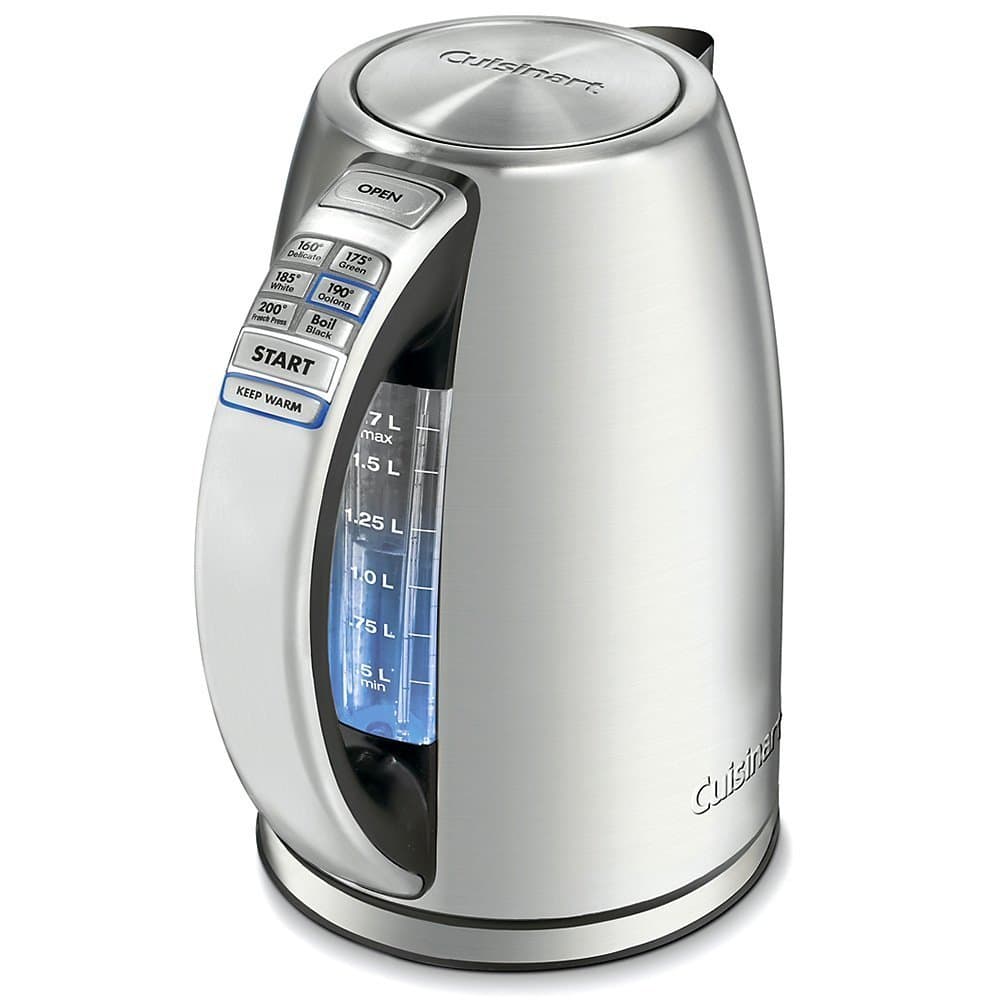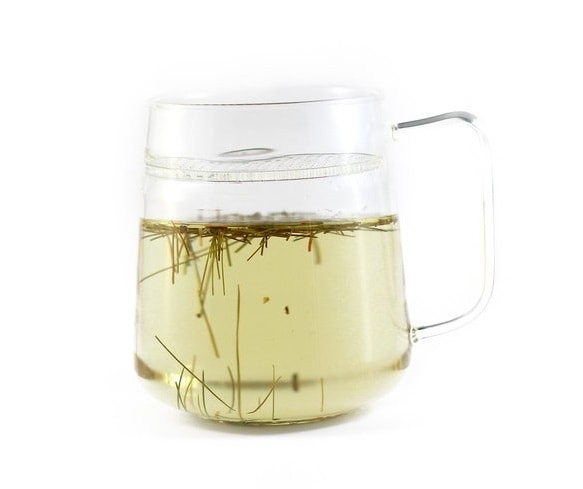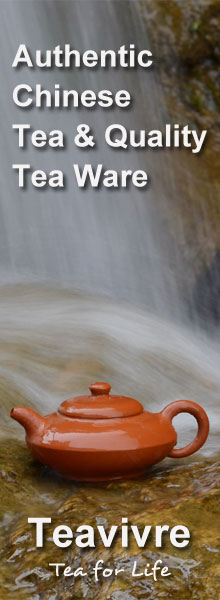Oh boy, we are doing this again. My previous Everyday Teas review was a sheng puer regional blind tasting of 2016 teas. It is time to do 2017 teas! I suggest reading the 2016 blind tasting before proceeding with this 2017 review.
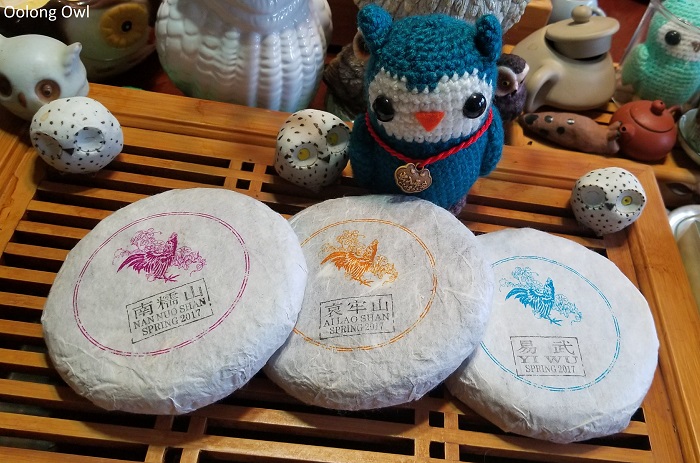
I predict this tasting is going to be harder – 2017 teas probably haven’t settled down enough yet. This year only the Nannuo shan is from the same farm as the Ailao Shan is from a different source. This set has a Yiwu instead of a Bulang. I like Yiwu, at least what I tend to associate what Yiwu tastes. Who freaking knows, I already learned from the last tasting that all bets are off.
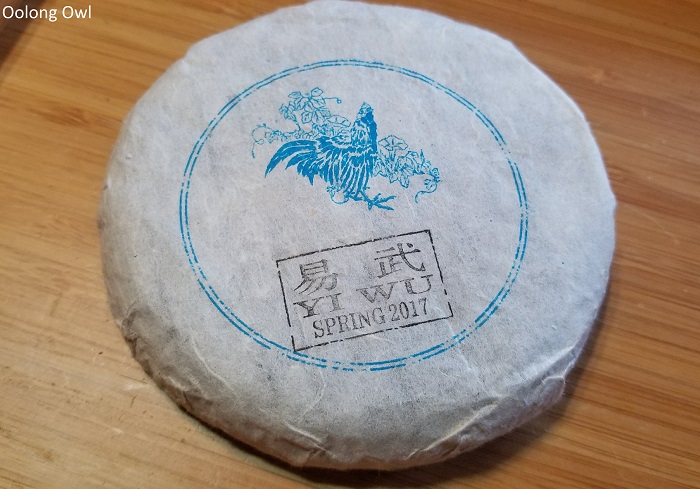
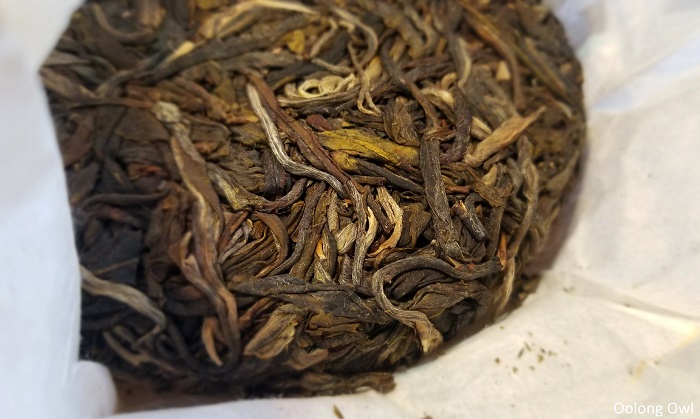
2017 Sheng Puer Regional Blind Tasting Method
The teas and answer key!
1 Nannuo shan | 2 Ailao Shan | 3 Yiwu
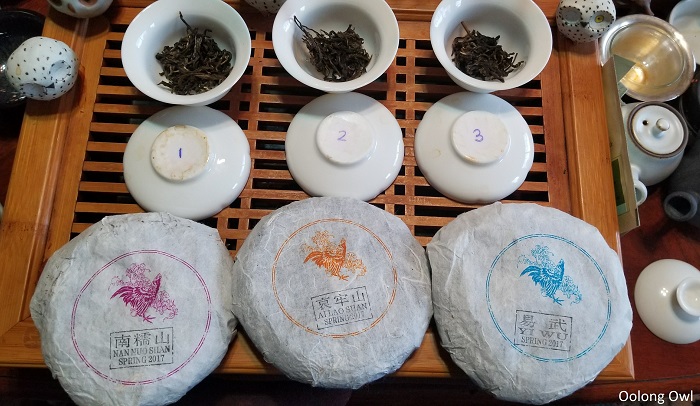
I numbered each gaiwan saucer, adding 1 gram to 15ml vessel ratio of tea. I broke up the pieces into leaves as best as I could, then had my husband mix up the gaiwan sets without me looking. I steeped all teas in boiling water, going for around 7 infusions. For the reviews and photos, I am working LEFT to RIGHT.
2017 Sheng Puer Regional Blind Tasting
Left Gaiwan – The leaf smells like tomatoes. The Left Gaiwan starts off sweet, creamy, with a hint of floral and pomelo. It is trying to be more floral but it isn’t there yet. Each steeping it doesn’t get that floral, leaning more honey and bitterness. Each infusion gets bitter and drier. It has a slightly thick body. Later infusions get better – it is sweeter, fruity, and trying to squeak out more floral notes. It does get gritty dry The final power infusion is very tannic, still pomelo like, with a strong astringency to dry out the mouth for insertion of dental fillings.
Out of the 3, this tea felt like it like it needed the most aging time. It has a watery aspect to the notes like I didn’t use enough leaf. The flavor never quite got there, the notes were very loose or pronounced. It was still trying to figure out what kind of tea it wants to be. This is the one I’d love to drink in a year or so to see whether it gets more fruity, honey and floral. It has promise, either way, I felt drawn to it in a creepy way.
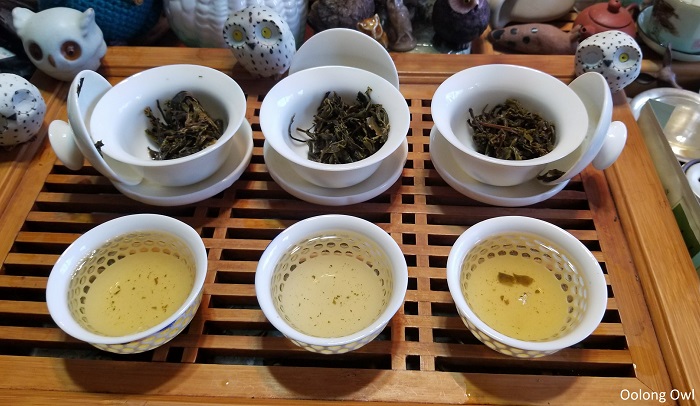
Middle Gaiwan – Interestingly, the leaf smells of strong charred honey, but flavor-wise starts off super light with barely any flavor. What I can get out of the first couple infusions is soft, floral, and grapefruit notes. The leaf certainly has some pan char, leaving the taste behind. Most of the flavor is in the aftertaste, otherwise, it is just too light. With each infusion, I get more pan char taste and herbal bitter greens. The Middle Gaiwan tea gets better in the mid infusions as it finally has some flavor pay off and smooth thick body. The aftertaste has built up to an orchid floral. Final power infusion is a mix of char, bitter greens, and floral. I could likely give this one another steep or two. The body finally kicked in and is doing that body sensation of traveling through my body and kicking my chest.
I quite enjoyed this one. It started off boring and flavorless but built itself into a smooth, complex drinker. Pushed this tea just does wonderfully for my tastes, yet early steeps are pretty friendly despite being light.
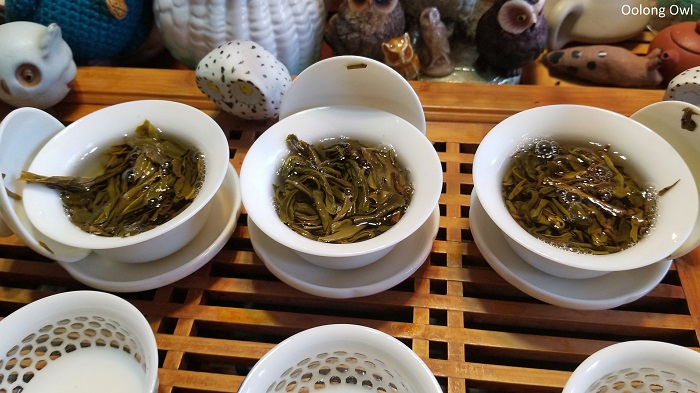
Right Gaiwan – This tea has a pungent smelling leaf! It has a dense texture and soft bitterness. The notes are soft here, mostly focused on texture and bitter. What I can taste is somewhat underripe fruit, but it is quite watery. There is some astringency adding dryness to my cheeks. I would call this texture almost sticky on the top of my tongue, but this could be me grasping for straws looking for Nannuo as this immediately has a crazy texture unlike the other teas. The Right Gaiwan tea gets more bitter with each infusion. The final infusion came out and burn bad bitter, with a texture of gritty powder in the mouth.
This tea tasted like I stewed it to death from the start. I had a couple good infusions, but the main profile was bitterness and texture. It didn’t have as good resteep power compared to the other shengs. Likely this tea needed a lower temperature or more likely intended to be set aside for some years.
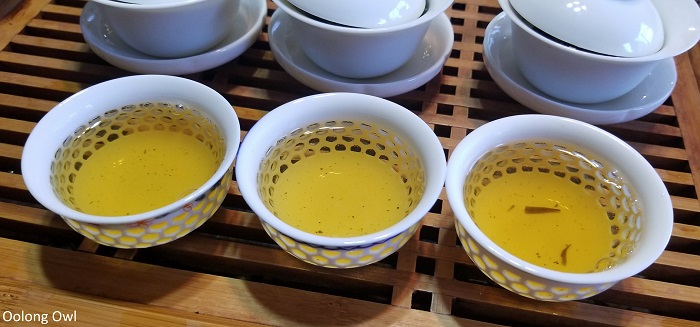
Owl’s Guess
This is much much harder than 2016 than I anticipated. Many of the teas taste more watery and lighter, due to recent pressing and younger material, so the flavor was harder to coax out, plus they all got bitter. Also throw in that only the Nannuo is the repeat tea as it is the same farm. the Ailao is a different farm. I am honestly unsure what is what here.
I am guessing – Left Gaiwan = Yiwu, Middle Gaiwan = AiLao, Right Gaiwan = Nannuo.
My reasoning is the Left = Yiwu due to the more floral notes, as I associate the queenly Yiwus as flowery. The Middle Gaiwan is Ai Lao, as that one felt more wildcard due to new farm/material. I chose Nannuo for the Right Gaiwan because it felt a little sticky in the body and the horrible crash and burn, similar to the 2016 Nannuo bitter ending.
Out of the 3 – I would be happy I spent money on Left and Middle – those 2 were pretty good teas. The Right Gaiwan needs time to age or less aggressive brewing if one cared to drink it now – in its current state, it is pumidor aging fodder.
DRUM ROLL
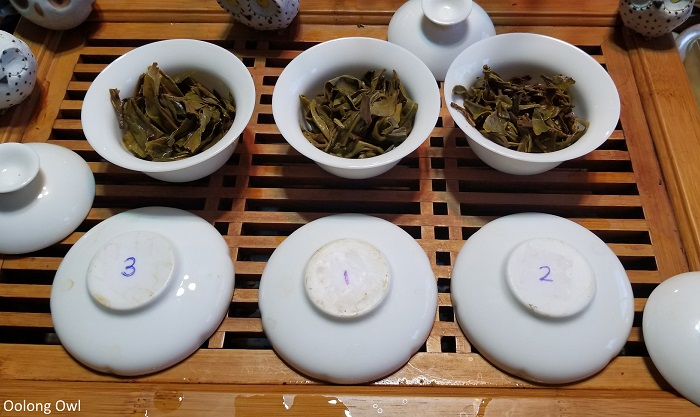
Left Gaiwan = Yiwu | Middle Gaiwan = Nannuo Shan | Right Gaiwan = Ailao Shan
Blaarg, these blind region tastings just blah. Bet you didn’t think the Middle Gaiwan was Nannuo too. Well, I got Yiwu right. Again, I got 1/3 right, which is random chance.
Comments
What did we learn? Everyday Teas has a pretty decent young 2017 Yiwu. Nannuo shan can taste soft and pretty when young, which I found interesting as it is the same farm. Everyday Teas has excellent daily drinker teas and their collection is a good puer starter.
I am going to reiterate my feelings from the 2016 blind sheng tasting that it is really hard to taste regions. Weather and age certainly put a big impact on the tea, as the 2017 Nannuo shan was the biggest upset as the distinct texture is a feature of this tea, but I did not taste it in the 2017 tea. In theory, since it was from the same farm and process, it should taste similar to previous years but it did not!
I highly suggest to set aside the bias in puer regions and taste the tea. It almost seems absolutely not worth trying to guess regions in mystery puer blends (cough White2Tea cough) as we are probably all wrong.
Thanks to Everyday Teas for providing the teas!
(tea provided for review)






